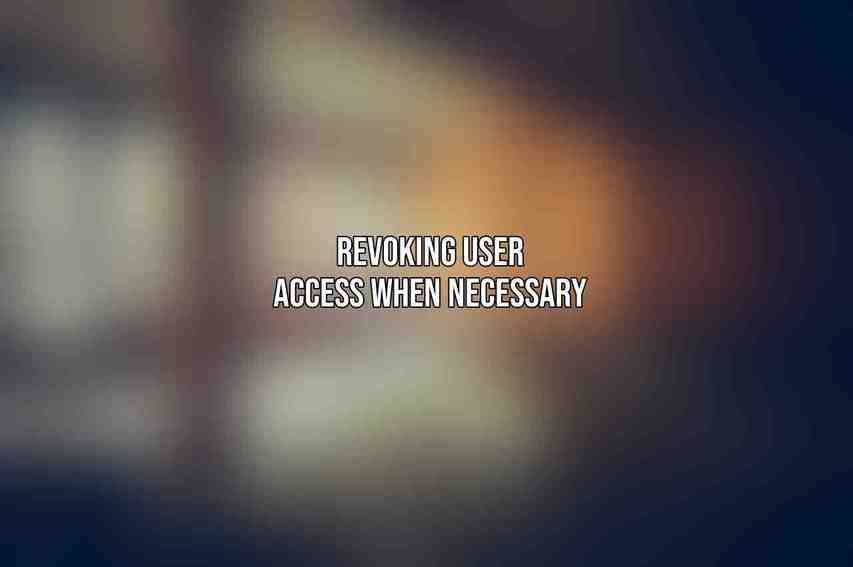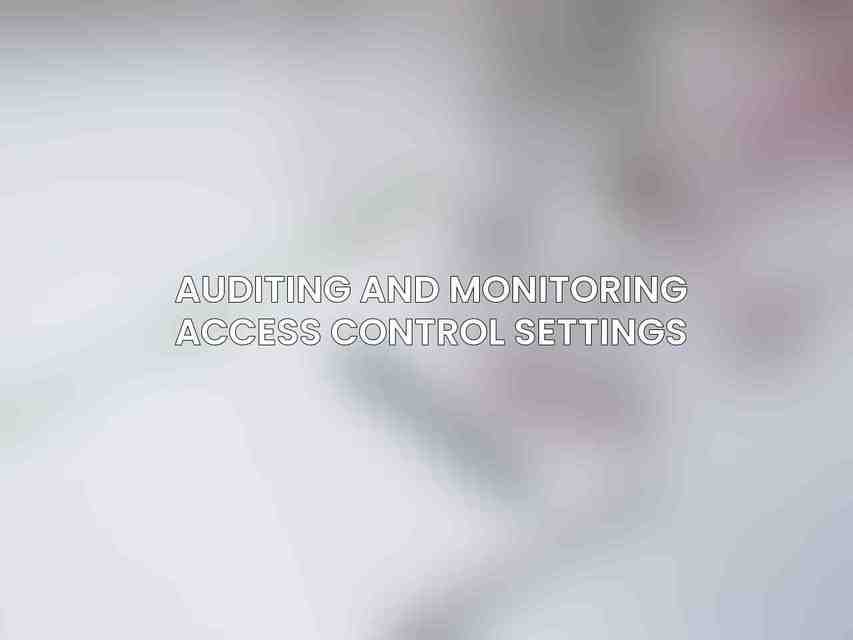safeguarding online accounts is of utmost importance to protect sensitive data from unauthorized access and potential breaches. When it comes to platforms like Depositphotos, a leading stock photography website used by professionals worldwide, mastering access control is crucial for ensuring the security of your account.
| Feature | Description | ||||||||||||||||||||||||||||||||||||||||||||||||||||||||||||||||||||||||||||||||||||||||||||||||||
|---|---|---|---|---|---|---|---|---|---|---|---|---|---|---|---|---|---|---|---|---|---|---|---|---|---|---|---|---|---|---|---|---|---|---|---|---|---|---|---|---|---|---|---|---|---|---|---|---|---|---|---|---|---|---|---|---|---|---|---|---|---|---|---|---|---|---|---|---|---|---|---|---|---|---|---|---|---|---|---|---|---|---|---|---|---|---|---|---|---|---|---|---|---|---|---|---|---|---|---|
| Two-factor Authentication (2FA) | Adds an extra layer of security by requiring a code sent to your phone or email in addition to your password. | ||||||||||||||||||||||||||||||||||||||||||||||||||||||||||||||||||||||||||||||||||||||||||||||||||
| Role-based Access Control (RBAC) | Allows you to assign different levels of access to different users, ensuring that only authorized individuals can perform certain actions. | ||||||||||||||||||||||||||||||||||||||||||||||||||||||||||||||||||||||||||||||||||||||||||||||||||
| IP Whitelisting | Restricts access to your account to specific IP addresses, preventing unauthorized access from unknown devices. | ||||||||||||||||||||||||||||||||||||||||||||||||||||||||||||||||||||||||||||||||||||||||||||||||||
| Session Management | Controls the duration of user sessions and automatically logs out inactive users, reducing the risk of unauthorized access. | ||||||||||||||||||||||||||||||||||||||||||||||||||||||||||||||||||||||||||||||||||||||||||||||||||
| Password Security | Enforces strong password requirements, including minimum length, complexity, and expiration policies. | ||||||||||||||||||||||||||||||||||||||||||||||||||||||||||||||||||||||||||||||||||||||||||||||||||
| Activity Logging | Records all account activity, including logins, downloads, and changes, providing visibility into user behavior and potential security breaches. | ||||||||||||||||||||||||||||||||||||||||||||||||||||||||||||||||||||||||||||||||||||||||||||||||||
| Security Audit | Regularly scans your account for potential vulnerabilities and provides recommendations for improvement. | ||||||||||||||||||||||||||||||||||||||||||||||||||||||||||||||||||||||||||||||||||||||||||||||||||
| Dedicated Support | Provides priority support to enterprise customers, ensuring quick resolution of security concerns and assistance with implementing best practices. | ||||||||||||||||||||||||||||||||||||||||||||||||||||||||||||||||||||||||||||||||||||||||||||||||||
| Compliance | Adheres to industry-standard security protocols, such as ISO 27001 and SOC 2, ensuring the protection of your data. | ||||||||||||||||||||||||||||||||||||||||||||||||||||||||||||||||||||||||||||||||||||||||||||||||||
| Learn More | Visit the Depositphotos Security Center for more information and resources on enhancing account security: Depositphotos Security Center | ||||||||||||||||||||||||||||||||||||||||||||||||||||||||||||||||||||||||||||||||||||||||||||||||||
| Visit Depositphotos | |||||||||||||||||||||||||||||||||||||||||||||||||||||||||||||||||||||||||||||||||||||||||||||||||||
Importance of Access Control in Depositphotos
Access control in Depositphotos involves managing user roles and permissions to regulate who can view, edit, and contribute to content within the platform. By defining and enforcing access levels, account owners can reduce the risk of data misuse and maintain the integrity of their digital assets.
Benefits of Implementing Best Practices

Implementing robust access control measures offers several advantages, including improved data security, enhanced accountability, streamlined workflow management, and compliance with privacy regulations. By following best practices, Depositphotos users can minimize security vulnerabilities and protect their valuable content from unauthorized use.
Understanding Depositphotos User Roles and Permissions
When it comes to managing access control in Depositphotos, understanding the various user roles and permissions available is essential. Each role comes with distinct capabilities and restrictions to ensure proper control over account activities.
Administrator Role
The Administrator role in Depositphotos has full control over the account settings, including managing users, setting permissions, and overseeing billing information. This role is typically assigned to the account owner or trusted individuals responsible for account administration.
Editor Role
such as creating collections and modifying metadata. They can work on existing files but do not have administrative privileges like adding or removing users.
Viewer Role
Viewers are limited to viewing content and downloading files within the account. They cannot make any changes to the content or settings, serving primarily as observers or clients who need access to the visual assets.
Contributor Role
Contributors are users with permission to upload and submit content to the account. They can add new files to the account for review and eventual publication, making them essential for collaborative projects involving multiple creators.
Configuring Access Permissions for Different User Roles
To enhance security and streamline operations, configuring access permissions according to the specific roles is crucial. By tailoring permissions to match users’ responsibilities, account owners can strike a balance between functionality and control.
Assigning Administrator Permissions
Assigning Administrator permissions should be done judiciously, limiting this role to individuals who truly need unrestricted access to the account settings. Regularly reviewing and updating administrator permissions is essential to prevent misuse or unauthorized changes.
Managing Editor Permissions
Editors should be granted permissions that align with their content management duties while restricting access to sensitive account settings. Regularly monitoring editor activities can help prevent accidental deletions or unauthorized modifications.
Setting Up Viewer Permissions
For Viewers, granting read-only access ensures they can view and download content without risking accidental changes or deletions. Restricting viewer permissions is crucial to safeguard the integrity of the account’s visual assets.
Understanding Contributor Permissions
When configuring permissions for Contributors, focus on enabling file upload capabilities while limiting access to account settings and other users’ content. Regularly reviewing contributed content for quality and compliance is essential to maintain account standards.
Implementing Additional Security Measures
In addition to managing user roles and permissions, implementing extra security measures can further fortify your Depositphotos account against potential threats and unauthorized access.
Enabling Two-Factor Authentication (2FA)
Two-Factor Authentication (2FA) adds an extra layer of security by requiring users to provide a second verification method, such as a code sent to their mobile device, in addition to their password. By enabling 2FA, Depositphotos users can significantly reduce the risk of unauthorized logins.
Creating Strong and Unique Passwords
Encouraging users to create strong, unique passwords that combine letters, numbers, and special characters can help thwart password-related attacks. Regularly updating passwords and avoiding reuse across multiple accounts can prevent credential-based breaches.
Regularly Monitoring Account Activity
By monitoring account activity, such as login histories and file downloads, users can quickly detect any suspicious behavior or unauthorized access attempts. Promptly investigating and addressing unusual activities can prevent security incidents and data breaches.
Best Practices for Sharing Depositphotos Content
Sharing content from your Depositphotos account should be done cautiously to maintain control over how your visual assets are used and accessed by others.
Using Watermarked Previews
When sharing content for review or selection purposes, consider using watermarked previews to protect your high-resolution files from unauthorized use. Watermarks deter unauthorized downloads and signal that the images are for previewing purposes only.
Sharing Images through the Depositphotos Platform
Utilize Depositphotos’ built-in sharing features to send images directly via the platform, ensuring secure and controlled access for recipients. By leveraging Depositphotos’ sharing tools, you can track and manage shared content more effectively.
Managing Download Limits
Setting download limits for shared content can prevent excessive downloads or unauthorized distribution of visual assets. By defining download quotas or access durations, account owners can maintain control over how their content is consumed and shared.
Revoking User Access When Necessary

When users no longer require access to your Depositphotos account, promptly revoking their access privileges is essential to prevent unauthorized use or alterations to your content.
Deactivating User Accounts
Deactivating user accounts for individuals who have left your team or no longer need access ensures that former users cannot log in or interact with account resources. Regularly reviewing active user accounts can help identify unused or obsolete profiles for deactivation.
Removing Access Privileges
Removing access privileges from users who have changed roles or responsibilities within your organization guarantees that they only retain the permissions necessary for their current duties. Updating access permissions in a timely manner maintains account security and operational efficiency.
Auditing and Monitoring Access Control Settings

Continuous auditing and monitoring of access control settings is crucial to identify any anomalies, suspicious activities, or compliance deviations within your Depositphotos account.
Tracking User Logins and Activity
By tracking user logins, file interactions, and account modifications, account owners can establish a baseline of normal user behavior and quickly identify any deviations that may indicate unauthorized access or misuse. Regularly reviewing login histories can help detect potential security incidents.
Identifying Suspicious Activity
Promptly investigating and addressing any suspicious activity, such as multiple failed login attempts or unusual download patterns, can prevent potential security breaches or data leaks. Establishing response protocols for handling suspected security incidents is essential for mitigating risks effectively.
Regularly Reviewing Access Permissions
Periodically reviewing and adjusting access permissions based on user roles and responsibilities ensures that account settings remain aligned with organizational needs and security requirements. Regular access permission reviews can help respond to organizational changes and maintain account integrity.
Security Implications of Using Depositphotos
Using Depositphotos for sourcing high-quality images comes with various security implications that users should be aware of to safeguard their content and comply with legal standards.
Data Protection and Privacy Regulations
Users of Depositphotos must adhere to data protection laws and privacy regulations when handling and sharing visual assets to prevent unauthorized disclosures or privacy violations. Ensuring compliance with regulations like the General Data Protection Regulation (GDPR) is crucial for lawful and ethical use of data.
Copyright and Intellectual Property Considerations
Respecting copyright and intellectual property rights is paramount when using images from Depositphotos to avoid infringement lawsuits or legal consequences. Checking image licenses, attributing creators, and obtaining necessary permissions for commercial use are essential steps in safeguarding against copyright disputes.
Legal Liabilities Associated with Unauthorized Access
Unauthorized access to Depositphotos accounts can lead to legal liabilities, data breaches, and reputational damage for users and organizations. Taking proactive measures to secure accounts, uphold access control best practices, and adhere to platform guidelines can mitigate the risks of unauthorized access incidents.
Additional Tips for Enhanced Security
In addition to the core security practices outlined above, considering additional tips and tools can further enhance the overall security posture of your Depositphotos account.
Using a Password Manager
Utilizing a password manager to store and secure complex passwords can simplify password management and reduce the risk of account breaches due to weak credentials or reuse. Password managers offer encrypted storage for passwords and facilitate secure login processes.
Avoid Sharing Account Credentials
Refraining from sharing account credentials, such as usernames and passwords, with unauthorized individuals or untrusted third parties is essential to prevent account compromise and unauthorized access. Maintaining the confidentiality of account details is critical for maintaining security.
Staying Informed about Security Updates
Remaining vigilant about security updates, platform notifications, and industry trends can help users stay ahead of emerging threats and vulnerabilities. Regularly checking for Depositphotos announcements, security advisories, and best practices can enhance security awareness and readiness.
managing access control to your Depositphotos account is a fundamental aspect of maintaining security and control over your visual assets. By understanding user roles, implementing best practices, and leveraging additional security measures, users can safeguard their content and minimize the risks of unauthorized access or data breaches.
Importance of Adhering to Best Practices
Adhering to access control best practices not only enhances the security of your Depositphotos account but also reinforces accountability, compliance, and trust in your digital operations. By prioritizing security measures, users can protect their content and reputation effectively.
Summary of Key Recommendations
Key recommendations for managing access control in Depositphotos include configuring appropriate permissions for each user role, implementing additional security measures like 2FA, auditing account activity regularly, and staying informed about security updates. By adopting a proactive security stance, users can fortify their accounts against potential threats.
Resources for Further Information
For additional guidance on managing access control in Depositphotos and enhancing account security, users can refer to the Depositphotos Help Center for platform-specific assistance and explore industry best practices for comprehensive security strategies. Staying informed and proactive is key to safeguarding your Depositphotos account and valuable visual assets.
Frequently Asked Questions
What is access control?
Access control refers to the process of restricting or granting access to certain resources, both physical and digital, based on predefined guidelines and rules.
Why is managing access control important for my Depositphotos account?
Managing access control for your Depositphotos account is crucial for enhancing security and preventing unauthorized access to your valuable images and information. It helps protect your account from potential breaches and ensures that only authorized individuals have access.
How can I enhance security by managing access control to my Depositphotos account?
You can enhance security by regularly reviewing and updating access permissions, using strong passwords, enabling two-factor authentication, and monitoring account activity for any suspicious behavior.
What are some best practices for managing access control to my Depositphotos account?
Some best practices include regularly updating passwords, limiting access to only those who need it, enabling two-factor authentication, and conducting regular security audits.
What should I do if I suspect unauthorized access to my Depositphotos account?
If you suspect unauthorized access to your Depositphotos account, immediately change your password, review and revoke any suspicious access permissions, and contact customer support for further assistance.

